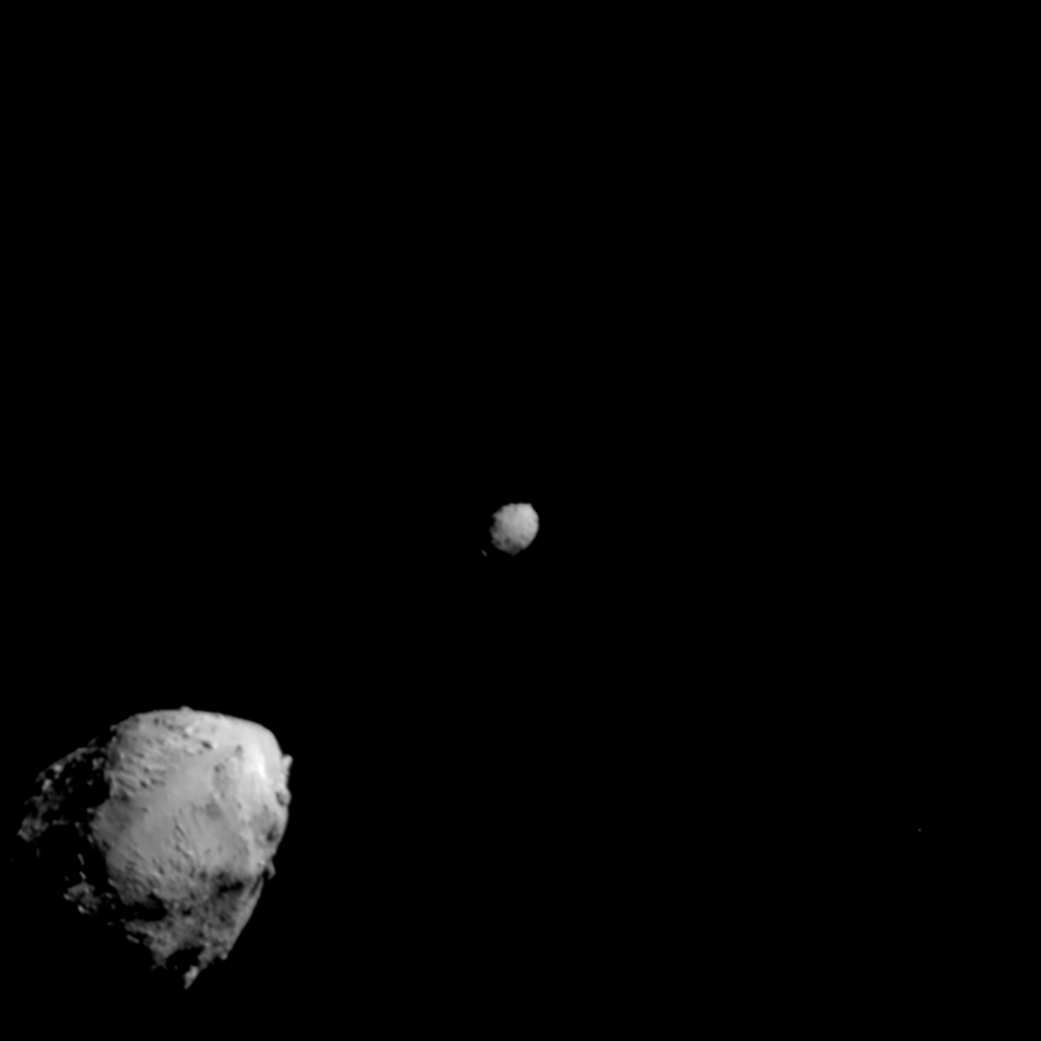
Editor’s Note: This advisory was updated October 7 to include participating speakers.
NASA will host a media briefing at 2 p.m. EDT, Tuesday, Oct. 11, to discuss the agency’s Double Asteroid Redirection Test (DART) mission and its intentional collision with its target asteroid, Dimorphos.
The briefing will air on NASA TV, the NASA app, and the agency’s website.
Participants include:
- NASA Administrator Bill Nelson
- Italian Space Agency President Giorgio Saccoccia
- DART update panel:
- Lori Glaze, director of the Planetary Science Division at NASA Headquarters in Washington
- Tom Statler, DART program scientist at NASA Headquarters
- Nancy Chabot, DART coordination lead at the Johns Hopkins Applied Physics Laboratory (APL) in Laurel, Maryland
To attend the briefing in person, or to participate remotely and ask questions, media must RSVP no later than two hours before the start of the briefing to Josh Handal at: joshua.a.handal@nasa.gov. NASA’s media accreditation policy is available online.
The media briefing will take place in the Webb Auditorium of NASA Headquarters Mary W. Jackson building, 300 E. Street, SW in Washington.
On Monday, Sept. 26, DART successfully impacted its asteroid target in the world’s first planetary defense technology demonstration. As a part of NASA’s overall planetary defense strategy, DART’s impact with the asteroid Dimorphos will help to determine whether asteroid deflection using a kinetic impactor spacecraft is a viable mitigation technique for protecting the planet from an Earth-bound asteroid or comet, if one were discovered. Johns Hopkins APL manages the DART mission for NASA’s Planetary Defense Coordination Office as a project of the agency’s Planetary Missions Program Office. Neither DART’s target asteroid, Dimorphos, nor its larger asteroid parent, Didymos, poses a hazard to Earth.
For more information about the DART mission, visit:
-end-
Josh Handal
Headquarters, Washington
202-374-9832
joshua.a.handal@nasa.gov


























